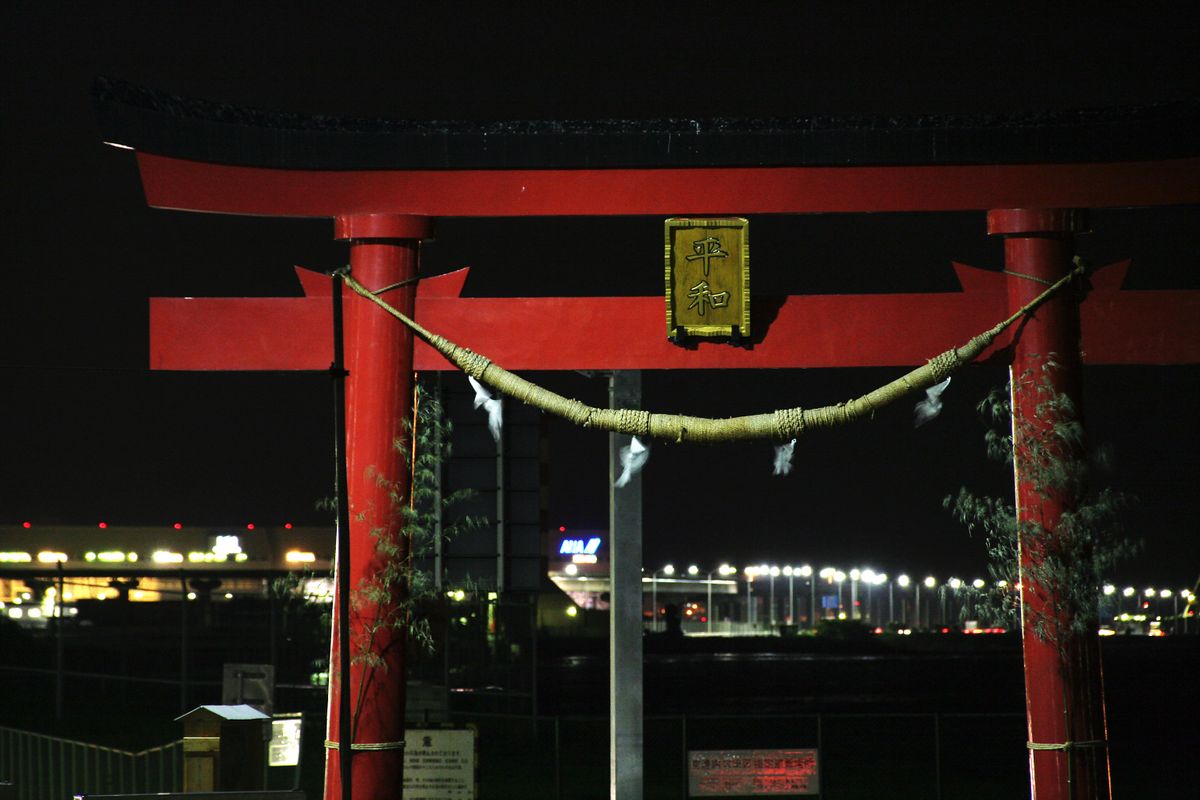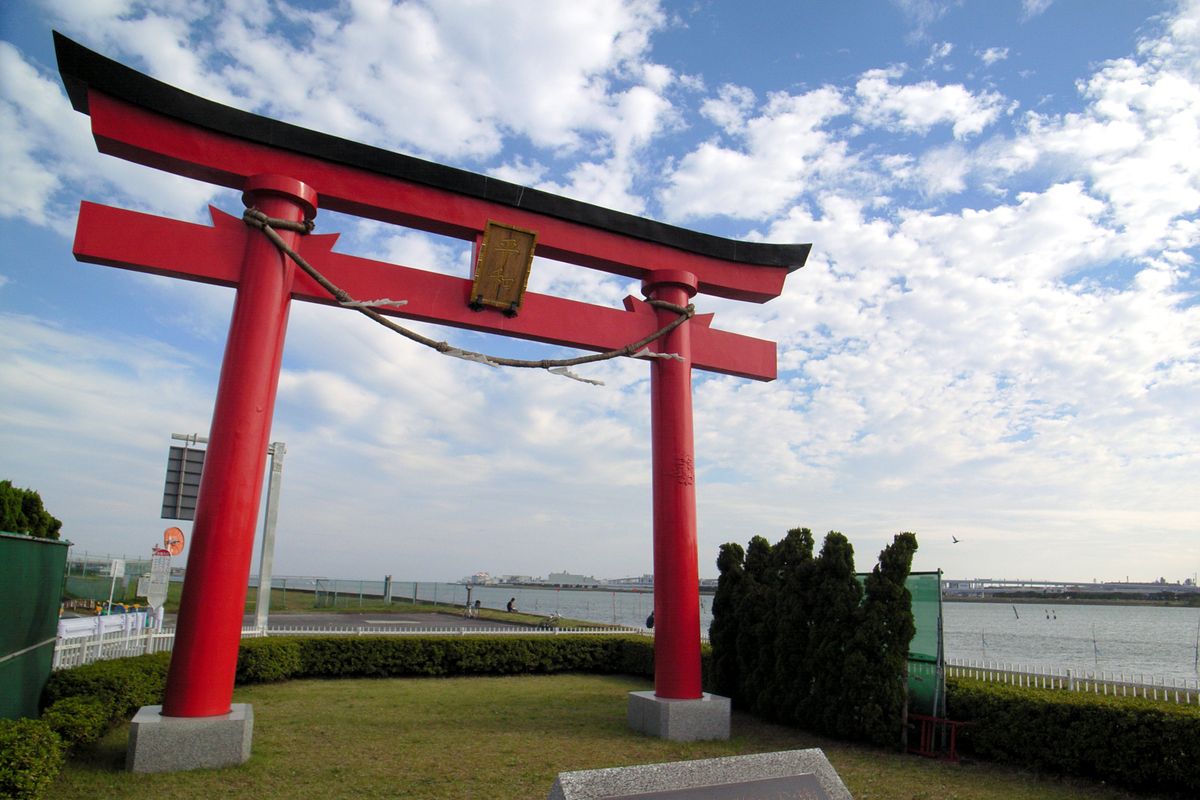About
Established in 1804, a shrine by the name of Anamori Inari Shrine originally stood on the western part of what is now Haneda Airport. Its main subject of worship was Toyoukebime, goddess of agriculture, who was syncretized with Inari Ōkami, the fertility deity (kami). After hot springs were discovered right in front of it, the shrine became quite popular from the late 19th-century to the early 20th-century.
During the Allied occupation of Japan following World War II, General Douglas MacArthur took over control of Haneda Airfield, originally built in 1931. He turned it into Haneda Army Airbase, but the base was too small for the United States military. He expanded the airbase and forced thousands of people who lived in the area west of the base to vacate their homes within 48 hours.
The construction work began in November 1945 and was completed by June 1946. The Anamori Inari Shrine was moved to its current location, but its red torii, constructed around the 1920-1930s, remained on the edge of the airbase. In traditional Japanese architecture, a torii is an arch-gate that stands at the entrance of a Shinto shrine, symbolically representing the portal to the sacred realm of the gods.
According to the history book published by Keikyu Group, when workers attempted to bring down the torii gate of Anamori Inari the rope snapped off, injuring the workers and the demolition was temporarily canceled. Soon after work resumed, the construction director suddenly died of an illness. The Japanese workers were horrified believing the structure was cursed. Eventually, its removal was canceled.
Another theory has it that the torii was left there as an act of defiance, as many people who were evicted from the area were hired as part of the construction team.
During the 1990s, an expansion of Haneda Airport was planned and the torii was finally set to be removed from the site. In 1999, it was decided that the torii should be relocated, not demolished. The relocation work took place on a sunny day, but as if the "curse" continued, it suddenly got windy and started to rain. It was successful, however after two days of work. It was finally relocated to Tenkūbashi, at the far end of the Haneda area.
Related Tags
Know Before You Go
Five minutes from Tenkūbashi Station by walking. From there, the relocated Anamori Inari Shrine can be visited via another 5-minute walk.
Community Contributors
Added By
Published
July 17, 2020









































